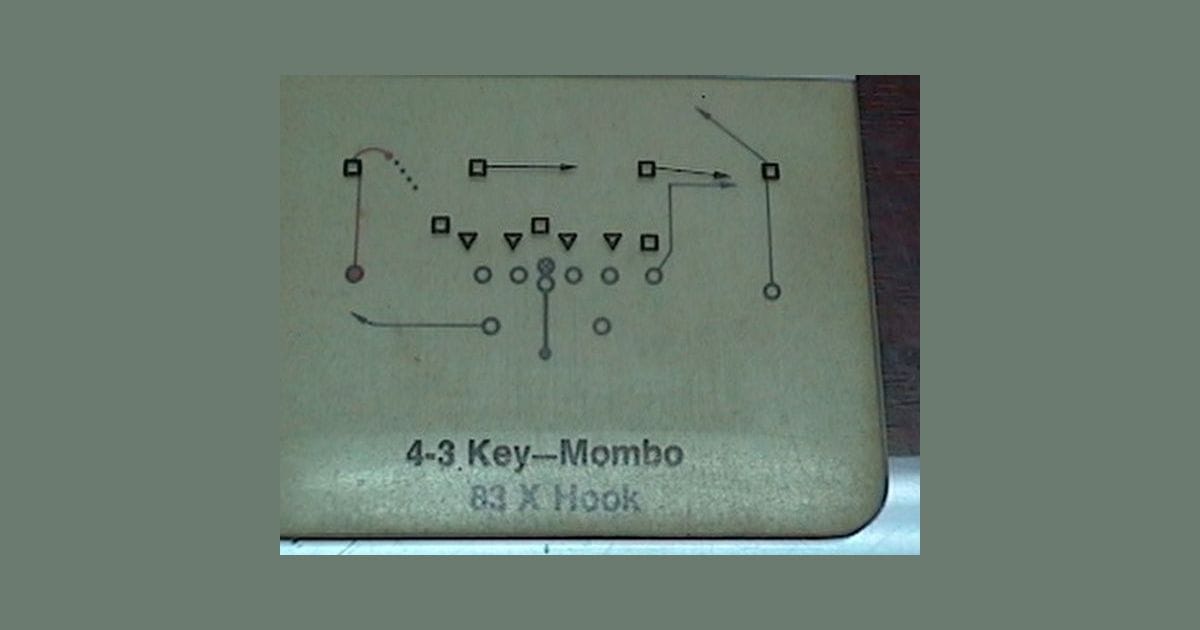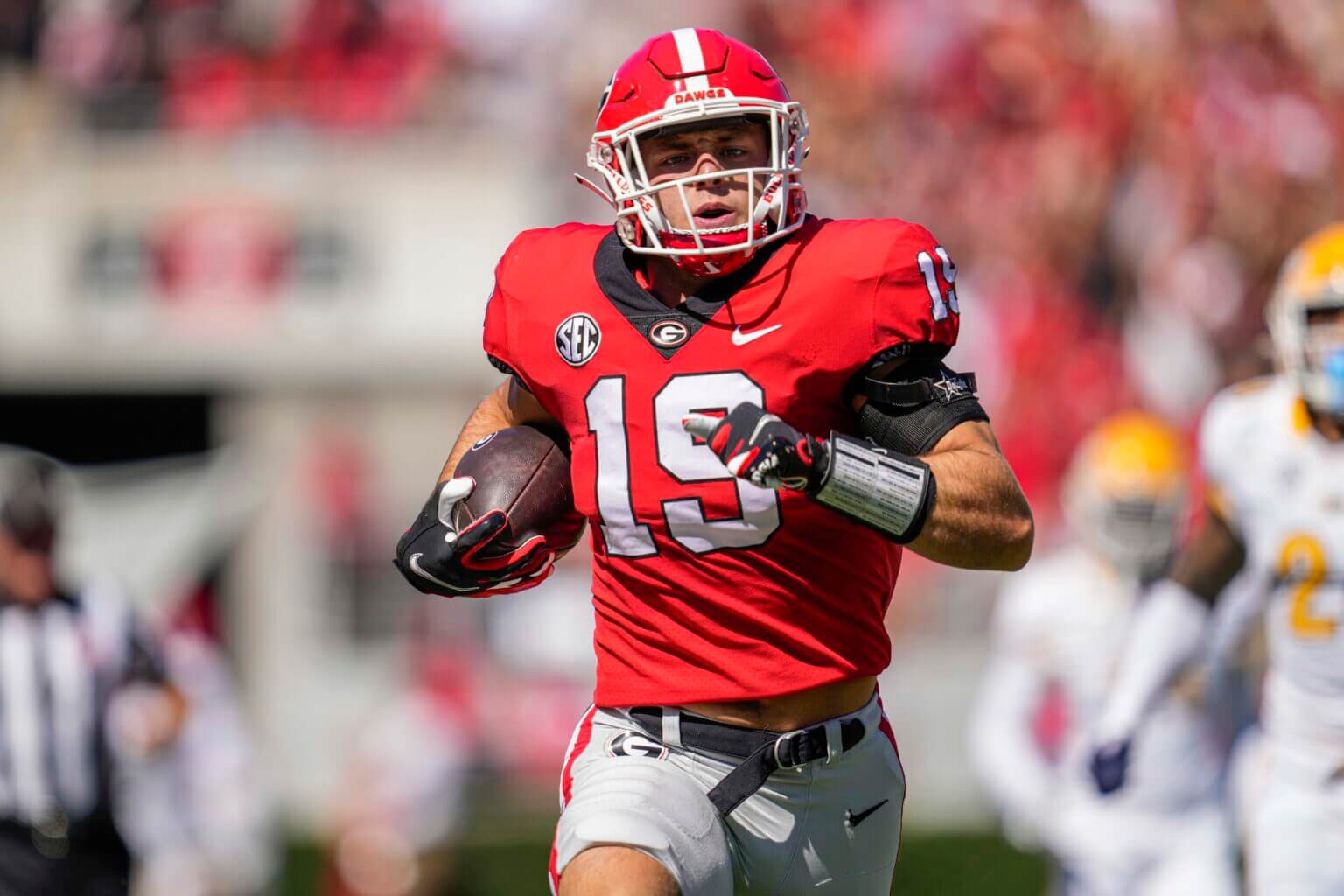The recent discourse regarding the so-called ‘tush push’ play in professional football has drawn significant attention in the world of sports. This highly controversial tactic involves a quarterback taking the snap while a group of teammates pushes him forward to gain yards, especially during short-yardage situations. While some herald this move as a strategic evolution, others argue that it raises critical questions about the safety of players and the overall spectacle of professional football.
Initially, the term ‘tush push’ became popular as teams began successfully employing this strategy to secure necessary yardage. The play gained further notoriety due in part to the Philadelphia Eagles, who have employed it effectively, particularly with quarterback Jalen Hurts at the helm. The Eagles have consistently utilized this tactic to their advantage, sparking discussions among fans, analysts, and stakeholders within the NFL about its appropriateness and potential modifications to the rules surrounding it.
One of the principal arguments in favor of the tush push is its effectiveness. Supporters present statistics that depict how successful the play has been in critical game situations. They argue that if a strategy can consistently yield positive results, it should be regarded as a legitimate facet of the game. Furthermore, this play showcases the teamwork and coordination necessary in football, embodying the sport’s physical nature. Teams investing time and resources to perfect this method underline the tactical depth that defines modern football.
Conversely, critics have voiced concerns about the potential risks associated with the play. Many contend that the excessive physical contact involved poses health risks for players, particularly those positioned in vulnerable spots on the field. The push-back involves multiple players converging, increasing the likelihood of injuries that may arise from the downward pressure. Coaches, players, and medical professionals have pointed out that repeated exposure to such intense situations can lead to serious concerns, including concussions and other injuries.
This debate has prompted discussions at the organizational level, with the NFL exploring the possibility of altering regulations to address safety concerns. Some rule analysts have suggested that the league might consider defining or restricting the use of pushing on running plays. This consideration highlights the need for ongoing assessments of the impact of specific tactics on player safety within the rapidly evolving landscape of professional football. The NFL must navigate these discussions delicately, as changes to rules could significantly alter gameplay.
Moreover, the debate extends beyond player safety and effectiveness. Some believe that the reliance on the tush push diminishes the artistry and skill inherent in football, shifting the focus from strategy to brute strength. Fans who appreciate the intricate tactics and risks typically associated with passing plays may express dissatisfaction with the increasing prominence of a play that simplifies some aspects of offensive strategy. The concern lies in whether such a tactic could lead to a more monotonous viewing experience, potentially alienating segments of the fanbase.
Additionally, the proliferation of the tush push might encourage similar plays across the league, creating a paradigm shift in how teams approach short-yardage situations. If more teams adopt this method, there could be a homogenization of strategies in the league, possibly leading to a diminished distinctiveness among teams. The competitive balance of the NFL could be affected as well; teams without the physical resources to successfully execute such a push may find themselves at a disadvantage.
In the midst of these discussions, the NFL’s formal stance on the tush push has yet to materialize. The league continues to monitor the play’s impact both on the field and in broader discussions about player safety and fan engagement. NFL Commissioner Roger Goodell and other executives emphasize a commitment to safeguarding players and ensuring the game remains entertaining. This highlights the importance of establishing a thorough understanding of how such plays affect the sport’s integrity while addressing the concerns of all stakeholders involved.
As the season progresses, the outcome of this ongoing debate remains uncertain. It will be imperative for everyone—a team’s coaching staff, the players, and the league itself—to weigh the benefits and disadvantages. Balancing competitive integrity with player safety and fan engagement will be essential for the future of professional football, particularly in refining its evolving strategies.
In conclusion, the debate over the ‘tush push’ in professional football serves as a microcosm of the broader challenges faced by the sport today. While the effectiveness of the play in gaining critical yardage can be rightly acknowledged, the implications for player safety and the overall impact on the game are significant considerations that cannot be overlooked. Moving forward, the dialogue surrounding this tactic will be crucial in shaping the future of the league and ensuring that it upholds its commitment to the safety and enjoyment of the sport for generations to come.



